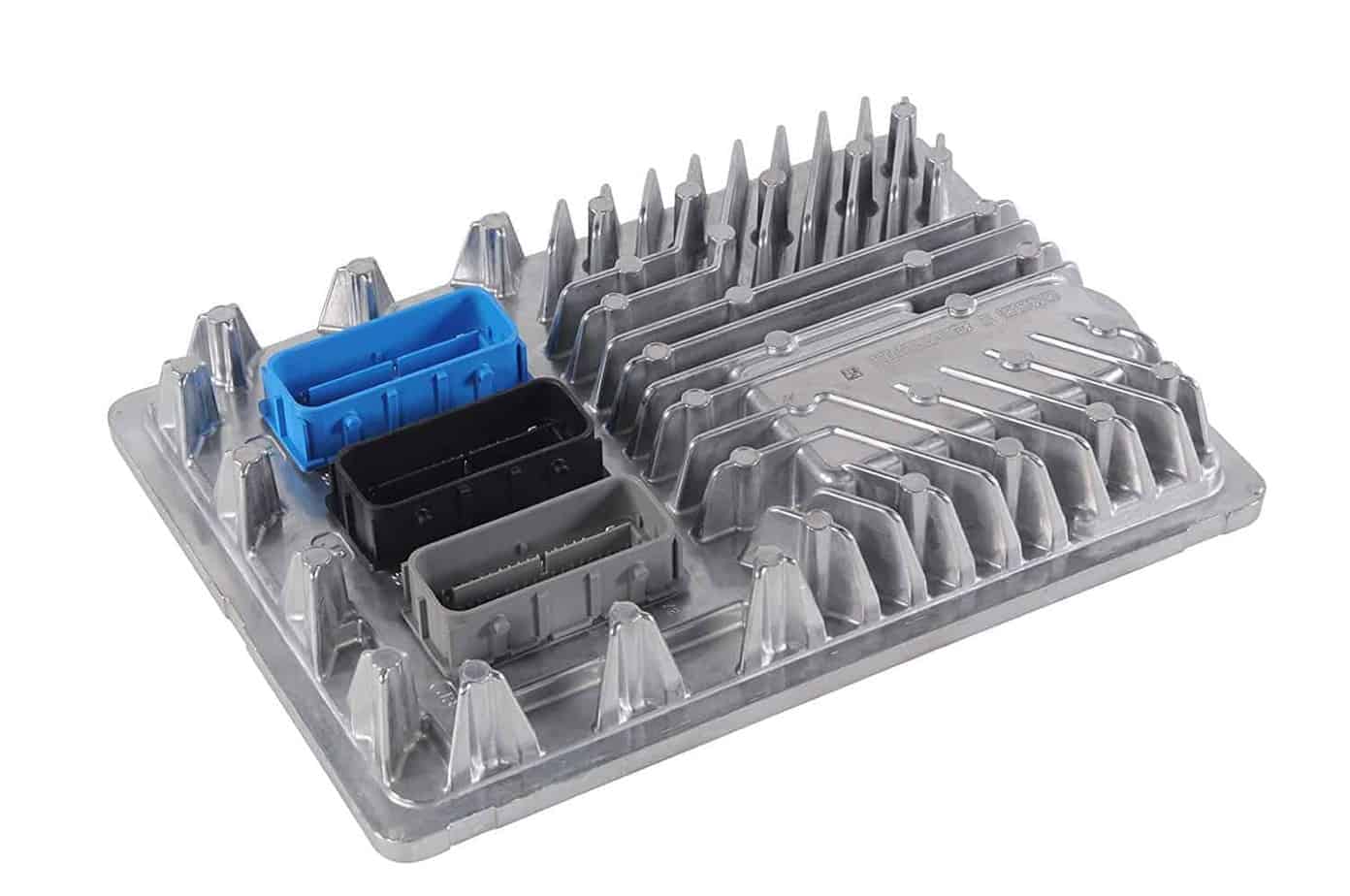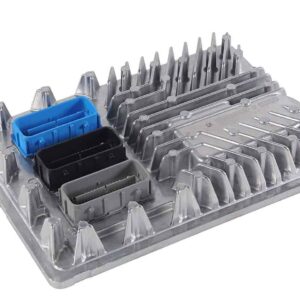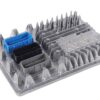Restore Your Truck’s Core Performance and Reliability
If you’re dealing with frustrating issues like random stalling, a persistent check engine light, poor fuel mileage, or a vehicle that simply won’t start, a failing Engine Control Module (ECM) is often the culprit. As the ‘brain’ of your engine, the ECM controls everything from fuel injection and spark timing to transmission shifting. When it fails, the symptoms can be unpredictable and maddening. This isn’t just an inconvenience; it’s a critical component for your vehicle’s health and your safety on the road.
This is a direct-fit replacement Engine Control Module for a wide range of GM vehicles, including the 2017 Yukon XL 1500 ECM. We take the guesswork and high dealership costs out of the equation. Before we ship, our technicians will program the module with the latest official GM software, using the specific Vehicle Identification Number (VIN) you provide. This ensures the ECM has the correct calibrations for your engine, transmission, and emissions equipment, making the installation process as smooth as possible.
From the Diagnostic Bay: The Case of the Intermittent No-Start
I once had a 2017 Sierra 1500 in my shop with a ghost of a problem. It would start perfectly for a week, then refuse to crank for two days straight. The owner had already replaced the battery and starter. After hours of tracing wires, I hooked up my professional scan tool and monitored network data. I noticed the ECM would intermittently drop offline, causing a complete communication loss (a U0100 code). A faulty internal processor in the original ECM was the cause. Replacing it with a properly programmed unit like this one solved the problem permanently. These failures are more common than you’d think, and a new module is the only reliable fix.
Is Your GM Truck Showing These Symptoms?
A failing ECM can manifest in many ways. If you’re experiencing any of the following, it’s a strong indicator that your engine’s computer needs attention:
- ✔ Vehicle will not start or has difficulty starting
- ✔ Check Engine Light is on with codes like P0601, P0602, P0606, or U0100
- ✔ Intermittent stalling or rough idling
- ✔ Noticeable decrease in fuel economy
- ✔ Poor engine performance or hesitation during acceleration
- ✔ Erratic automatic transmission shifting
- ✔ Communication issues with diagnostic scan tools
Your Straightforward Installation Guide
Replacing the 2017 Yukon XL 1500 ECM is a manageable job for a confident DIYer or any professional technician. The key is following the correct procedure, especially the post-installation steps.
- Safety First: Always disconnect the negative terminal from your vehicle’s battery before starting any electrical work.
- Locate the ECM: On most compatible trucks and SUVs, the ECM is located in the engine compartment on the driver’s side (LH front).
- Disconnect Connectors: Carefully release the locking tabs and unplug the wiring harness connectors from the old module. Inspect them for any corrosion or damage.
- Remove the Old Module: Unbolt the old ECM from its mounting bracket and remove it from the vehicle.
- Install the New Module: Mount your new, pre-programmed ECM in place and securely fasten it. Reconnect the wiring harnesses, ensuring they click firmly into place.
- Reconnect Battery: Reattach the negative battery terminal.
- CRITICAL – Perform Relearn Procedures: The vehicle will likely not start until a Vehicle Theft Deterrent (VTD) relearn is completed. This procedure pairs the new ECM to your vehicle’s security system. This requires a GM-compatible programming tool with access to Tis2web or Techline Connect. Additional procedures like a Crankshaft Position Variation relearn may also be necessary. This is the responsibility of the installer.
Verified Vehicle Compatibility
This module is a guaranteed fit for the following vehicles and part numbers. Please confirm your part number or contact us with your VIN to ensure compatibility. This module replaces part numbers: 12692068, 12704476, 12686382, 12674052, 12674472, 12678815.
- Cadillac Escalade / ESV: 2017
- Cadillac XTS: 2017 (3.6L Twin Turbo, VIN 8)
- Cadillac CTS: 2017 (6.2L Supercharged or 3.6L Twin Turbo)
- Cadillac ATS: 2017 (3.6L, VIN Y)
- Chevrolet Corvette: 2017
- Chevrolet Tahoe / Suburban 1500: 2017
- Chevrolet Silverado 1500: 2016 (ID 12674472), 2017, 2018 (ID 12686382)
- GMC Yukon / Yukon XL 1500: 2017
- GMC Sierra 1500 / Denali 1500: 2016 (ID 12674472), 2017, 2018 (ID 12686382)
Frequently Asked Questions
Do I really need to provide my VIN?
Yes, absolutely. Providing your VIN is mandatory. We use it to load the precise, factory-correct software and calibrations for your specific vehicle. This step is crucial for ensuring proper engine and transmission function and avoids a host of potential performance issues.
What is a ‘theft relearn’ and can I do it myself?
A theft relearn (or VTD relearn) is a security procedure that syncs the new ECM to your vehicle’s immobilizer system. Without it, the system will assume the vehicle is being stolen and will prevent it from starting. This procedure requires a professional scan tool with GM programming capabilities, such as one with a subscription to GM’s Tis2web or Techline Connect. Most DIY code readers cannot perform this function.
Will this fix my check engine light?
If the check engine light is on due to an internal failure of the original ECM (e.g., codes P0601-P0606), then this replacement module will resolve the issue. However, if the light is on for another reason (like a bad sensor), you will still need to diagnose and fix that separate problem.
Is this part difficult to install?
The physical installation is straightforward for most people with basic mechanical skills; it involves unplugging connectors and unbolting the old unit. The more technical part is the electronic relearn procedures required after installation. We recommend the installation be performed by a professional mechanic or a highly experienced DIYer with access to the necessary programming tools.
What happens if I don’t do the other relearns, like the crankshaft variation?
Skipping required relearns can lead to drivability problems. For example, not performing the crankshaft variation relearn can cause a constant check engine light for misfire detection codes and may affect engine smoothness. It’s best practice to perform all necessary setup procedures for optimal performance.



